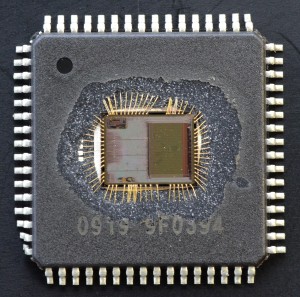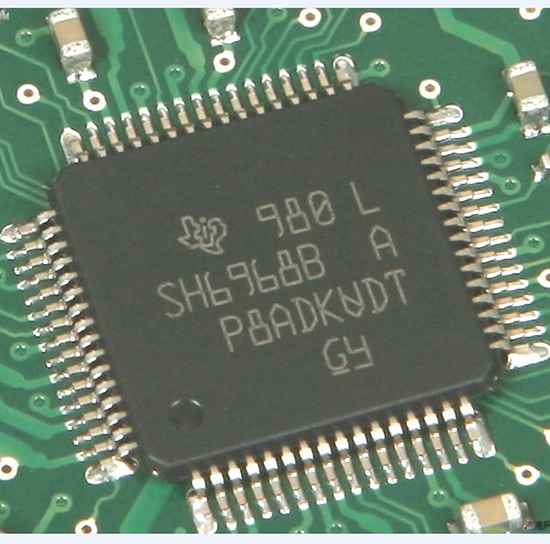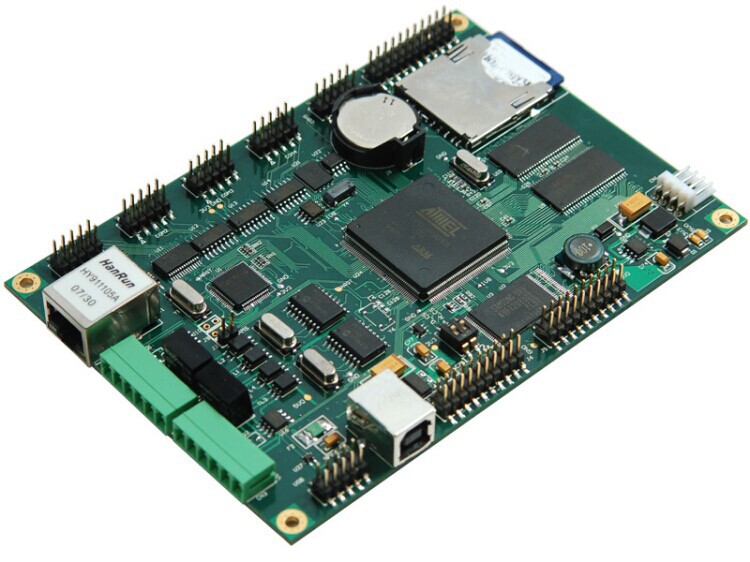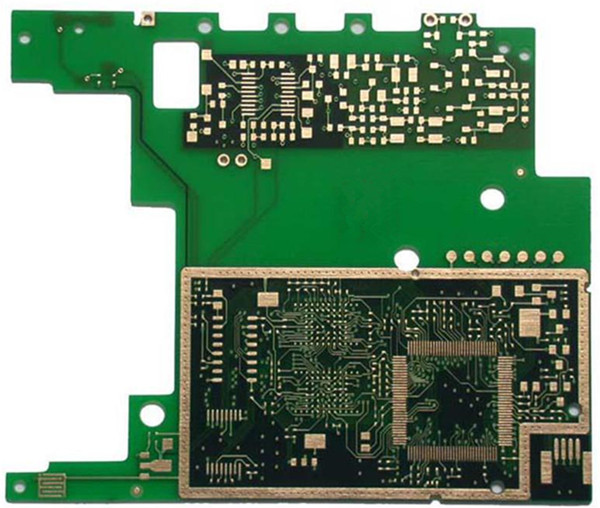DS1307 Pinout: An in-depth Guide to the Real-Time Clock IC
Introduction to the DS1307 Real-Time Clock The DS1307 is a popular real-time clock (RTC) integrated circuit used in many electronic projects and products to keep accurate time. It
PCB REVERSE ENGINEERING
IC Unlock + PCB Reverse engineering Services - We will crack your IC sample. You will receive IC program in Bin / Hex file for burning any new ICs
PCB to schematic, Schematic to Gerber file, PCBA to Schematic Gerber & Bom List
We focus on a strategy of continuous customer-centric innovation. The goal is to deliver timely solutions for anticipated and actual customer.
We offer our customers from around the world to maintain a very good communication and product support services.
We will reverse engineer your PCB sample, and deilver the engineering file into:1. PCB 2. Gerber File 3. BOM List 4. Schematic Diagram
16 years deep in the reverse analysis of integrated circuit technology, senior technical team, skilled, experienced in a variety of blind buried hole PCB , laser blind hole board, UHF board, ceramic board , component density, all over the microstrip lines and other long lines, high-frequency processing requirements and strict control of electromagnetic compatibility of the communication board copy




All about PCB Reverse Engineering & IC Crack
Introduction to the DS1307 Real-Time Clock The DS1307 is a popular real-time clock (RTC) integrated circuit used in many electronic projects and products to keep accurate time. It
Introduction to PCB Contamination Printed Circuit Boards (PCBs) are the backbone of modern electronic devices. They are used in a wide range of applications, from consumer electron
Key Features of the MMBT3904 Transistor The MMBT3904 transistor offers several key features that make it a popular choice for various electronic circuits: High Switching Speed: T